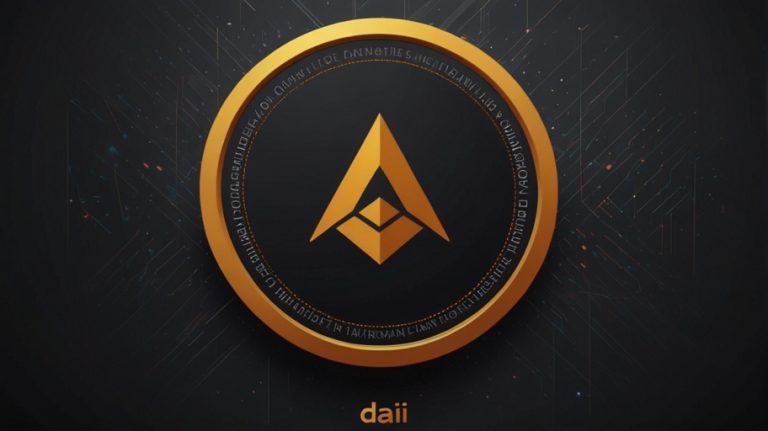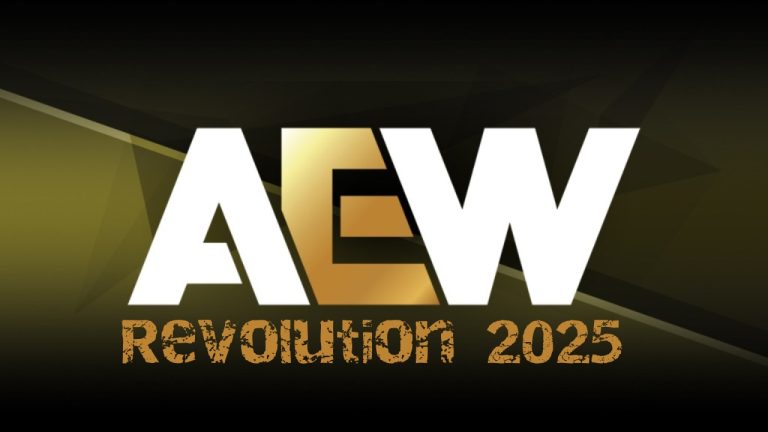DAI today still maintains its status of sustainability due to the fact that it is considered one of the most reliable stablecoins in the current cryptocurrency market with only a slight fluctuation when it is $1.00. In the global market scenario, the token’s top performance and the fact that it is practically stable against the US dollar proves its sustainability.
DAI, with a market capitalization of $5.36 billion, which is still the mother of all that prevents the collapse of decentralized finance, remains a stablecoin with a promising future for both traders and investors.
The stablecoin, the 25th in the cryptocurrencies’ ranks, has a theoretical infinite limit on the supply, which can be changed if the market conditions dictate. The number of its in-circulation supply is equal to the number of its total supply, which amounts to 5.36 billion DAI. We have the result of the token being fully backed up, and it is a reliable one.
The 24-hour trading volume of $135.08 million is an indicator of an active market, a number that shows DAI as one of the most liquid stablecoins available.
DAI, to recover the current fluctuation trend of a minimal 0.04%, where it dropped to $1.00003 from $0.99999, seems to be stable at this point in time. This slight alteration is extremely vital to those who engage in trading, financial institutions, as well as decentralized applications, which take the peg as a must-have feature for transaction execution and avoiding possible losses.
The 24-hour volume-to-market cap ratio rated at 2.52% speaks about the fact that it is an active market for DAI, and it has a lot of liquid assets, thus making it easier for people to trade.
Furthermore, we should note that contrary to stablecoins which are propped up by central reserves, DAI is a composite of various digital assets and a secure basis of cryptos which accounts for the majority.
It is the major advantage of DAI as it is one of the only stablecoins that are backed by virtual money that it does not over rely on a centralized party, resulting in increased transparency and decreased or eliminated counterparty risk.
DAI is decentralized which is in line with the essentials of DeFi; for that reason, it is the best choice for the users because these people want to find that stability in the on-chain wallets.
DAI’s full dilution value (FDV), equaling its market capitalization at $5.36 billion, is a sign of perfectly circulating its supply. This number of tokens reflects its great popularity and how the users are real supporters of it, believing in its ability to keep costs stable.
Virtual currencies were first created to facilitate international transactions away from traditional fiat currencies, thus the success of these currencies usually depends on their use across borderless platforms therefore becoming of market interest.
Nonetheless, the confidence given to ecommerce in general when a customer can click to sell and purchase products is a foundational pillar to the future of the financial sector. The token’s price correlates with the overall market as it is used for various business transactions which generally permits the price to be easily tracked and therefore eases the strategic decision-making process.
Is digitization a better option for every bank today, given that the contemporary conditions are constantly changing and digital technologies are becoming an inseparable part of human life? Furthermore, the bank’s clients are more likely to receive better offers from the banks if the banks themselves decide to digitize their operations and make them cost-effective, thus optimizing revenues.
The project is an open, safe, and global network-wide platform for data sharing and provisioning of data storage and services, also empowering users with business transactions using the platform’s native cryptocurrency.
The platform is interoperable and can exchange data and transact across various networks. It allows easy access for customers and works at remarkable speed and effectiveness.
While decentralized finance is blooming, DAI’s part in it keeps changing. The currency is utilized as a main asset in decentralized exchanges, derivatives trading, and liquidity pools that make way for transactions to happen without exposing the parties to cryptocurrencies’ price swings.
This kind of flexibility has caused to DAI to gain the reputation of being the market’s most closely followed stablecoin, thus many people and developers have signed up for its platform.
Notwithstanding the problems being experienced by the stablecoin sector, the transparent collateral system of DAI is something that does inspire confidence. Its backing is done by funding a mix of cryptocurrencies, tokenized assets, and real-world reserves that comes along with the promise of reducing system risks.
This method is different from using algorithmic stablecoins, which have been unable to hold on to their pegs, thus establishing DAI’s hybrid collateral model as a sturdy and reliable one for sustainable stability.
DAI is constantly catching the attention of financial institutions that are joining the group of market participants that are using the stablecoin to execute cross-border transactions and settlements. Remittances and smart contract-based payments carried out using USS provide a quick and convenient alternative to traditional banking systems.
DAI’s capabilities to scale up and down depending on the market moods help it adapt to different market conditions, which makes it a lender of first choice for these companies who are evaluating decentralized financial solutions.
Being enthralled in a stablecoin market that remains with the hugest portion turned to the centralized options like USDT and USDC, DAI is still poised as a counterchoice in the quest for financial self-determination. It’s no wonder that DAI’s non-custodial model is preferred by those that are or feel their assets are over-regulated and being manipulated by external forces.
On the other hand, keeping the DAI’s peg under control is the most pivotal issue in the crypto market’s development. Through the extension of collateral base, in response to the increased use of real-world asset tokenization, the stability of DAI could be significantly reinforced.
Besides that, the development of DeFi will also impact DAI’s place since more protocols will incorporate the stablecoin into borrowing, lending, and synthetic asset platforms.
On the other hand, DAI has stood the test of time as a safe haven in the decentralized economy. Its overwhelming liquidity, the deep integration into DeFi, and a robust governance model place it as a top stablecoin existing in the crypto industry.
It is the steadfastness with which DAI can offer a secure, decentralized, and scalable solution that will be the main determinant of its continuous adoption as the crypto market devolves.












 Bitcoin
Bitcoin  Ethereum
Ethereum  Tether
Tether  XRP
XRP  USDC
USDC  Lido Staked Ether
Lido Staked Ether  TRON
TRON  Cardano
Cardano  Avalanche
Avalanche  Toncoin
Toncoin  Wrapped SOL
Wrapped SOL